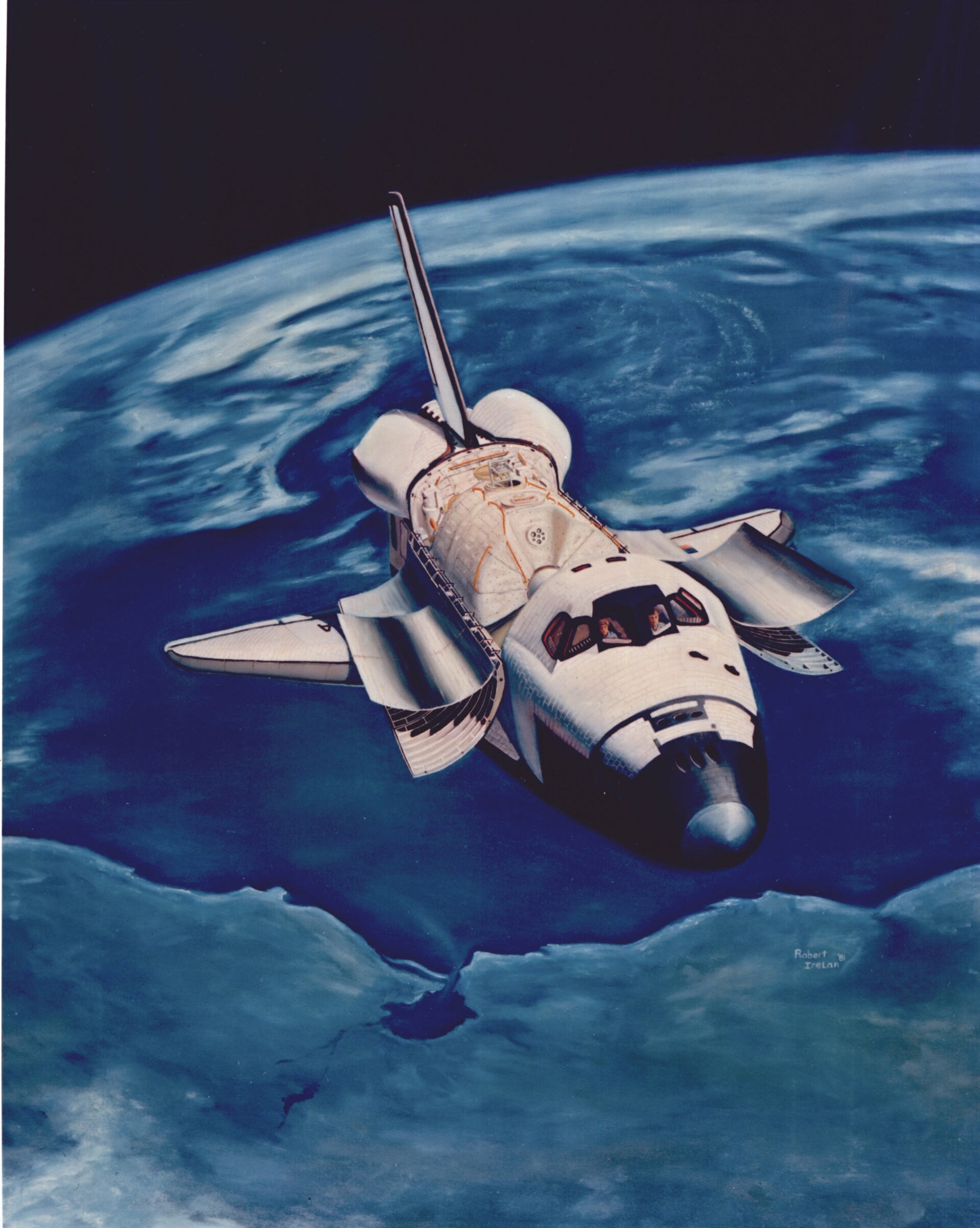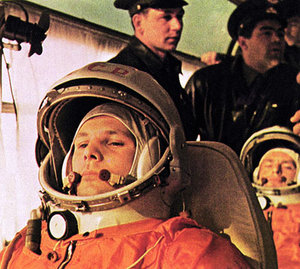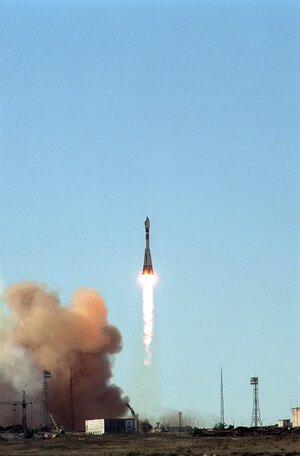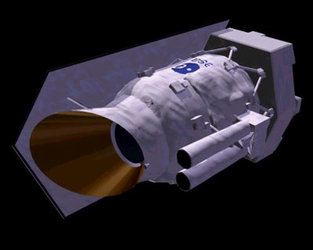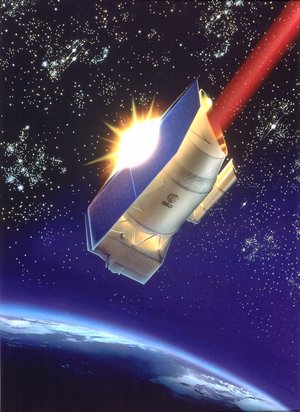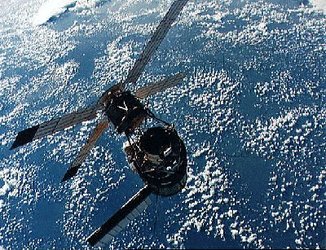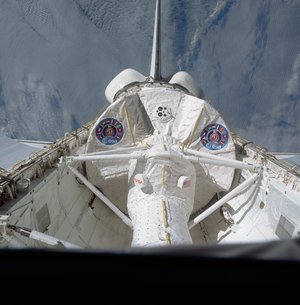13 April
1999: On 13 April 1999, after 22 trips into space, Spacelab - Europe's first step into human spaceflight - returned to Europe.
Two Spacelab flight units were built and the laboratory returned to Europe flew on the final Spacelab flight, the Neurolab mission in April 1998, and was used for both German Shuttle missions, D-1 and D-2, among others. The returned laboratory would go on to be housed in a special exhibition hall at Bremen airport - the first part of Space Academy Bremen, an educational venture to give students and the general public the opportunity to learn about Europe's achievements in the human exploration of space.
Europe's involvement in human spaceflight began shortly after the Apollo moon landings in 1969 when the future of space exploration was being determined. Europe and the US agreed that NASA would build a re-usable space plane, the Space Shuttle, while ESA would contribute the laboratory carried in the Shuttle's cargo bay where astronauts could conduct scientific research in the unique environment of space.
Europe's experience with building Spacelab inspired the Columbus laboratory built for the International Space Station in 2003. Columbus is based on the same concept and technologies but, in contrast to Spacelab's eight-day to two-week missions, was designed to serve as an outpost for continuous research in orbit.
1970: On 13 April 1970, an explosion aboard the Apollo 13 spacecraft led to one of the most spectacular rescue missions in space history. The explosion left the crew stranded for four days nearly 400 000 kilometres from Earth. An oxygen leak forced the Apollo 13 astronauts to abandon ship and return in lunar module. Against all odds, the three astronauts and thousands of others brought the capsule safely back to Earth.


